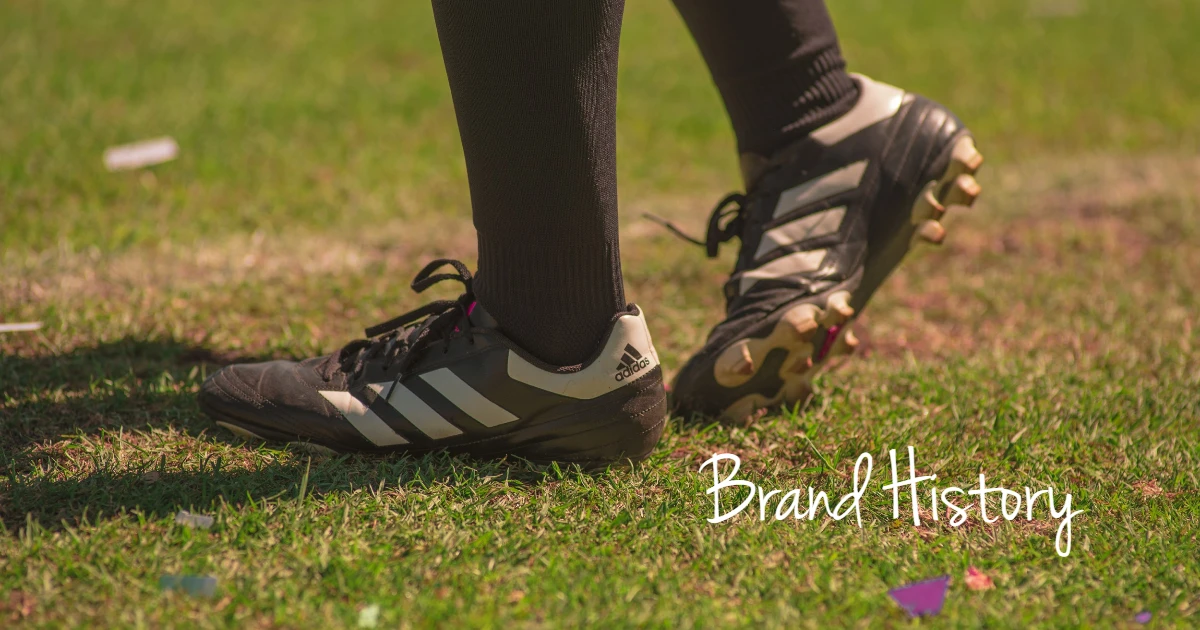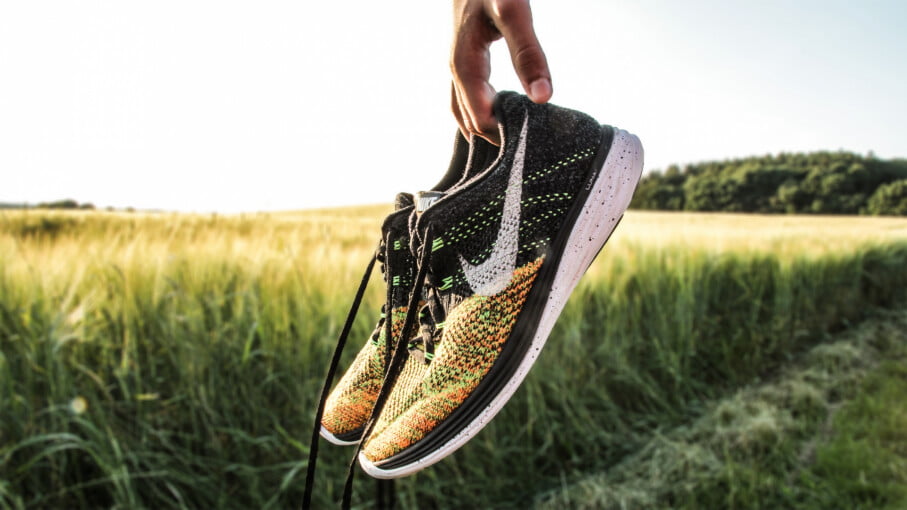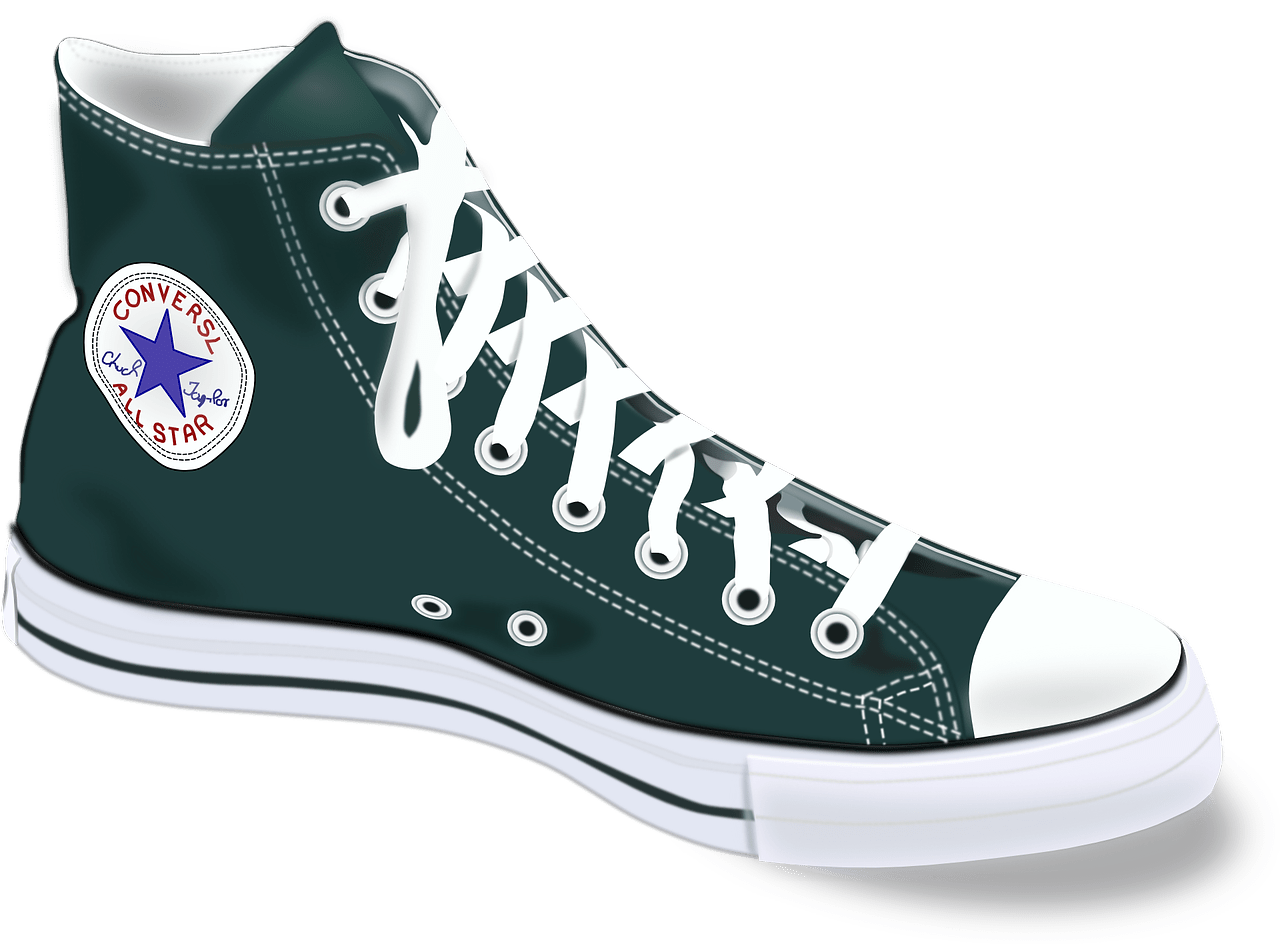Here are some tips to help you find the perfect pair of hiking shoes: – First and foremost, comfort is key. You’re going to be doing a lot of walking (or even running) in these shoes, so make sure they’re comfortable from day one. Otherwise, you’ll just end up with blisters and sore feet.
What are hiking shoes?
Hiking shoes are a type of footwear designed to provide comfort and traction on rough terrain. hikers need specialized footwear to protect their feet from the elements and reduce the risk of injury.
Most hiking shoes have a waterproof outer layer to keep your feet dry in wet conditions, and a breathable inner layer to allow your feet to stay cool in warm weather. The soles of hiking shoes are usually made from rubber or synthetic materials, which offer good grip on slippery surfaces.
Type of Hiking Footware :
The four primary styles of hiking footwear are trail shoes, light hiking boots, backpacking boots, and robust mountaineering boots. Choose the type of trekking you’ll do most frequently before shopping for the appropriate shoes. Naturally, you’ll definitely benefit from having a few different pairs if you frequently switch between shorter treks and long-distance hiking. Let’s examine your choices:
Hiking Shoes
When selecting a pair of shoes, the terrain should take priority.
Light Hiking Shoes:
A pair of hiking shoes with a snug fit, are light, and have flexible soles should work if the trail is short and in a forested area without significant climbs or inclinations.
Backpacking Boots
If you will be trekking over difficult terrain for a considerable amount of time while carrying a light backpack, you may want to think about investing in a pair of somewhat hefty hiking boots. Strong, flexible soles on these boots allow them to withstand difficult terrain while yet protecting your feet.
Mountaineering Boots
These are for long hikes when you’re hauling a big backpack. All surfaces can tolerate these all-weather boots. They are thicker than hiking boots and extend well above the ankle. In these shoes, your feet might need some time to adjust. Therefore, wear them consistently for at least a fortnight prior to the hike.
Tips to help you choose right hiking shoes
First and foremost, comfort is key. You’re going to be doing a lot of walking (or even running) in these shoes, so make sure they’re comfortable from day one. Otherwise, you’ll just end up with blisters and sore feet.
Select right Size
Make sure they’re the right size both length and width. Make sure they are cozy for your feet. Your shoes should be snug but not too tight, and you should have enough room to wiggle your toes but they should not touch the front of your shoes.
Check the Materials:
When you’re buying shoes, it’s important to make sure your shoes are made of breathable materials like leather or canvas. If they’re made of synthetic materials, they’re more likely to cause blisters.
Look for shoes made of leather or canvas instead.
Look for comfortable linings:
Avoid shoes with hard, scratchy linings. Instead, choose shoes with soft, padded linings. This will help prevent blisters. This will help prevent blisters and ensure a more comfortable fit overall. When it comes to choosing the right shoe, comfort should always be a top priority!
Pay attention to the heel:
The heel should be snug but not too tight. It should also be cushioned to protect your feet from impact.
Make sure soles are grippy:
The soles of your shoes should have good traction to prevent you from slipping and falling. Hiking can be tough on your feet and ankles, so make sure your shoes offer good support.
Consider the climate and terrain:
You’ll want different shoes for different conditions. The type of terrain also matters when choosing your footwear. If you’re hiking in wet weather, make sure your shoes are waterproof.
If most of your hikes take place on trails with rocks and roots ,then a sturdier shoe with good traction is ideal . On softer surfaces like dirt paths or grassy areas ,a lighter weight option might work better .
And if water crossings are common ,you might want something that has drainage holes or can quickly dry out .
Consider the weather conditions where you’ll be doing most of your hiking. If you live in an area with mostly warm climates, then breathability will be an important factor in choosing your shoes.
However, if you hike in colder temperatures or more extreme environments like mountains or deserts), then insulated and waterproof options might be better suited for you.
Think about what important to you:
Some people might find that a leather couch is the best option for their home because it is both comfortable and stylish. Others might prefer a more modern fabric couch because it is easier to clean. Ultimately, it is up to the individual to decide what type of couch will work best in their home.
Think about what important Weight, durability, comfort, etc. and choose accordingly.
There’s no one “perfect” hiking shoe, so it’s important to find the right shoe for YOU. With these tips in mind, you should be able to find a great pair of shoes for your next hike!
Care Tips for Hiking Shoes:
- After each use, make sure you clean all the dirt and debris off of your boots. The mud and dirt will shorten the lifespan of your footwear.
- There is a mild soap and warm water that can be used to wash nylon and mesh uppers. Synthetic fabrics can break down with harsh detergents.
- If your boots get wet, you can let them dry in a warm area by putting newspaper or paper towels inside of them loosely. Keep your shoes away from open flames, stoves, and other heat sources. Your boots may get weaker or damaged as a result.
- If you want to make sure the leather boots don’t get dried out, you should clean them with a gentle leather cleaner and then wash them thoroughly with a leather conditioner or neatsfoot oil. Oiled leather will repel water. If you use a moist rag, you can wipe out the stains on the boots, then let them dry and be treated with either a DWR treatment or a genuine suede proof one. Arranging to clean and re-treating your boots will prolong the life of your footwear.
Conclusion:
Hiking shoes size up or down?
A half size to a size larger is adequate of room for the end of the swelling of feet when not engaging in long-distance hiking.
But if you’re going on a long hike, you should buy boots that are at least one to two sizes bigger to support the swelling in your feet, which won’t ever have an opportunity to go down because you’ll be on a day or CVS address.








